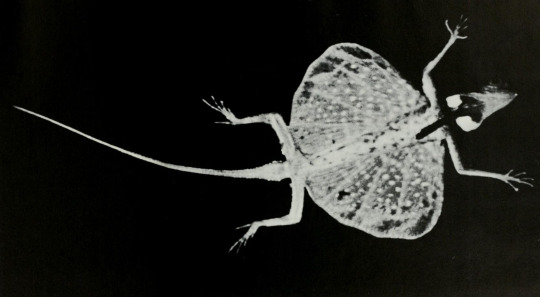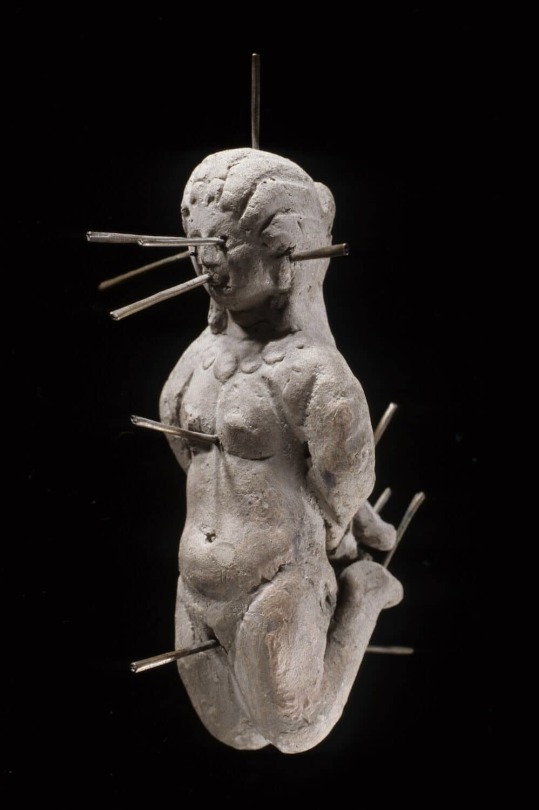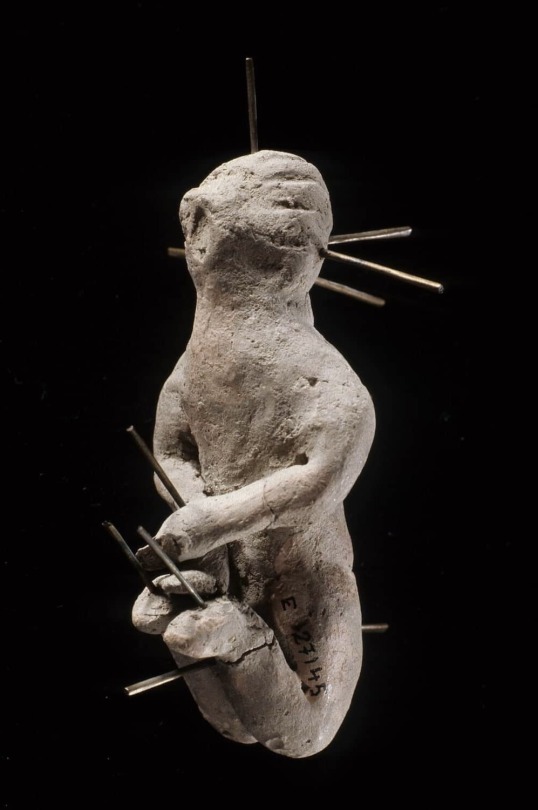Aleksandra, Poland, 26 | B.A. in philosophy, M.A. in criminology, psychology student | criminology, psychology, neurosciences, philosophy, biology, medicine, cultural studies
Don't wanna be here? Send us removal request.
Text



First, fifth, and sixth developmental stages of a Physophora sipohonophore. Glass models by Blaschka & Son. [x] [x] [x]
3K notes
·
View notes
Text

Plaster model of the head of an executed Chinese criminal with case, made in England, c. 1910-1922
915 notes
·
View notes
Photo

The trajectory and differentiation of expression from ODD to CD to ASPD to the variant forms that include sociopathy and psychopathy
Daniel J. Fox, Antisocial, Borderline, Narcissistic & Histrionic Workbook
38 notes
·
View notes
Photo

Jarosite
KFe3+3(SO4)2(OH)6
Locality:
El Arteal tunnel, Sierra Almagrera, Cuevas del Almanzora (Cuevas de Vera), Almería, Andalusia, Spain
Field of View: 1.05 mm
Yannick Vessely’s Photo
352 notes
·
View notes
Photo

“Radiograph of Naja tripudians.” Science Gossip. 1901.
Internet Archive
843 notes
·
View notes
Text

"Two nerve cells of cervical ganglion of cat." Human physiology. v.3. 1915.
Internet Archive
672 notes
·
View notes
Text

Giulio Perugi and Hagop S. Akiskal, "Emerging concepts of mixed states: a longitudinal perspective"
324 notes
·
View notes
Text

Flying lizard By: Peter Stackpole From: Life Nature Library: Reptiles 1963
190 notes
·
View notes
Photo

The proposed integrative model of existential threat experiences
Daniel Sullivan, Cultural-existential Psychology: The Role of Culture in Suffering and Threat
152 notes
·
View notes
Photo

Functional links between dissociation and self-harm in the context of the traumatic experience
482 notes
·
View notes







